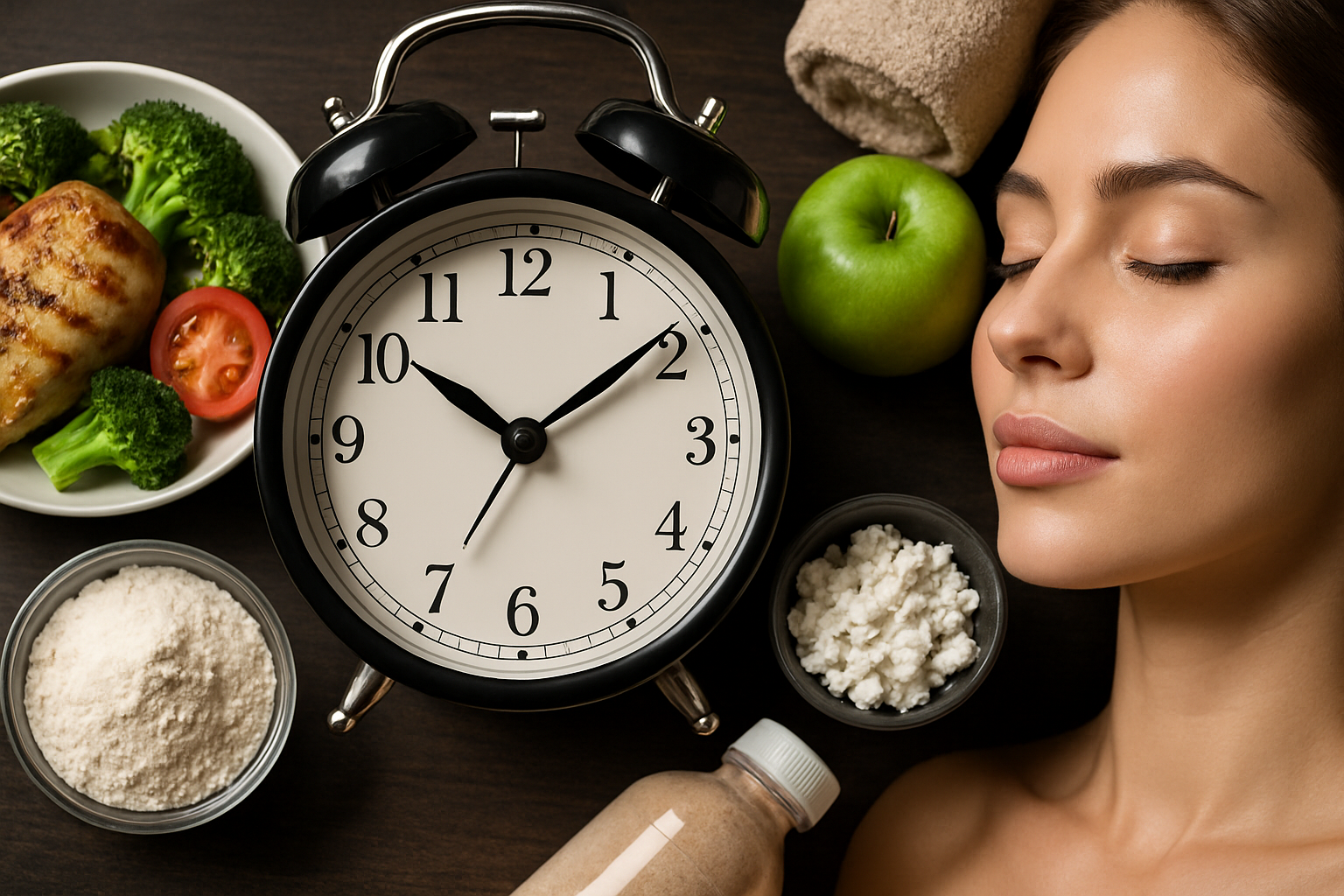Nutrition strategies to support skin health and sustained energy
Practical nutrition approaches can influence both skin health and daily energy. This article outlines evidence-based dietary choices, hydration tips, and routine adjustments that support a clearer complexion and steadier energy levels throughout the day.

Good nutrition builds a foundation for both skin health and steady energy. Eating a balance of whole foods, key micronutrients, and adequate fluids helps skin barrier function while preventing energy crashes. A consistent routine that aligns meals with activity, sleep, and recovery supports long-term wellness rather than quick fixes.
This article is for informational purposes only and should not be considered medical advice. Please consult a qualified healthcare professional for personalized guidance and treatment.
How does nutrition affect skincare and complexion?
Dietary patterns influence inflammation, collagen synthesis, and barrier repair — all central to skincare. Protein supplies amino acids needed for collagen and elastin production; vitamin C is essential for collagen formation; omega-3 fatty acids support membrane integrity and can reduce inflammatory skin conditions. Conversely, diets high in refined sugars and ultra-processed foods may promote glycation, which can weaken collagen over time. Including a range of colorful fruits and vegetables ensures antioxidants such as vitamin E and carotenoids that help protect skin from oxidative stress and support a healthy-looking complexion.
Hydration and recovery for skin and sustained energy
Hydration affects skin turgor and cellular function while also influencing energy and cognitive performance. Drinking water consistently through the day, and getting fluids from hydrating foods like cucumbers, melons, and broth-based soups, supports recovery after activity and helps nutrient transport. Electrolytes (sodium, potassium, magnesium) are important when you sweat heavily from cardio or strength sessions; modest replenishment can prevent fatigue. Prioritize hydration before bed and after exercise to aid both skin repair and metabolic recovery.
Ingredients and routine to maintain energy and skin resilience
Identify nutrient-dense ingredients you can use daily: lean proteins, legumes, whole grains, nuts and seeds, fatty fish, and a variety of produce. A routine that spaces protein and fiber across meals helps stabilize blood sugar and endurance between meals. For skin, incorporate sources of zinc and copper for tissue repair, biotin and B vitamins for cellular metabolism, and omega-3s for anti-inflammatory effects. Meal timing that pairs carbohydrates with protein after exercise promotes glycogen restoration and repair; small, balanced snacks can prevent late-afternoon energy dips.
Sleep, mobility, and recovery connections with nutrition
Sleep and mobility practices interact with nutrition to influence both energy and skin recovery. Poor sleep alters appetite-regulating hormones and can increase cravings for high-sugar foods, negatively affecting both energy and skin. Nutrients such as magnesium and tryptophan-rich foods can support sleep quality for some people. Mobility work and gentle stretching improve circulation and tissue health, supporting nutrient delivery to skin and muscles during recovery. Planning balanced meals around your activity and sleep schedule helps maintain steady energy and supports the body’s regenerative processes overnight.
Strength, cardio, and endurance: fueling strategies
Different activities require tailored nutrition: strength training benefits from an emphasis on protein and adequate calories to support muscle repair and strength gains, while cardio and endurance work rely more on carbohydrate availability for sustained performance. A mix of complex carbohydrates, proteins, and healthy fats before and after workouts helps maintain energy and supports recovery. Consistent fueling prevents extreme fatigue that can indirectly impact posture and stress levels, both of which influence skin appearance and overall wellness. Small adjustments in portion size and timing — for example, a balanced snack 60–90 minutes before a long session — can make a notable difference.
Posture, stretching, flexibility, and overall wellness
Posture and flexibility relate to circulation, breathing, and how muscles handle daily loads — all indirectly connected to nutrition and recovery. Good posture supports efficient breathing and oxygen delivery, which helps endurance and cognitive focus. Regular stretching and flexibility work reduce the risk of compensatory movement patterns that lead to chronic soreness and fatigue. Pair these practices with a nutrition plan rich in anti-inflammatory foods, adequate protein for repair, and hydration to support connective tissues and joints.
Conclusion
Sustained energy and healthier skin come from consistent, integrated choices: prioritize whole-food ingredients, maintain hydration, support sleep and recovery, and align meal timing with activity. Implementing a balanced routine focused on nutrient variety and moderate portioning supports both daily performance and long-term skin resilience without relying on quick dietary fads. Small, sustainable adjustments compound over time to improve wellness across multiple domains.





